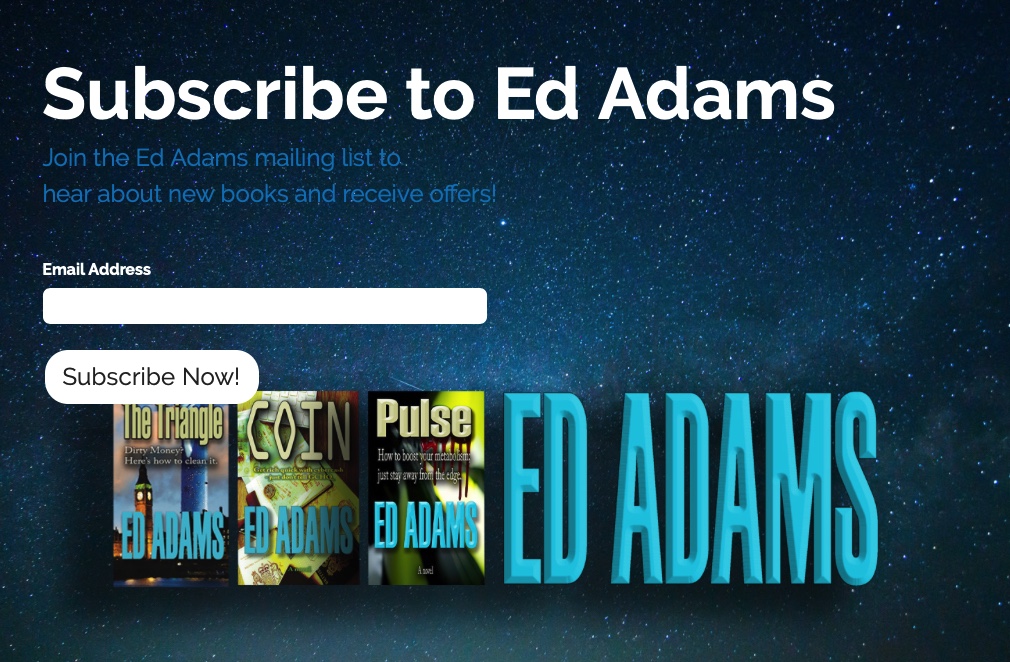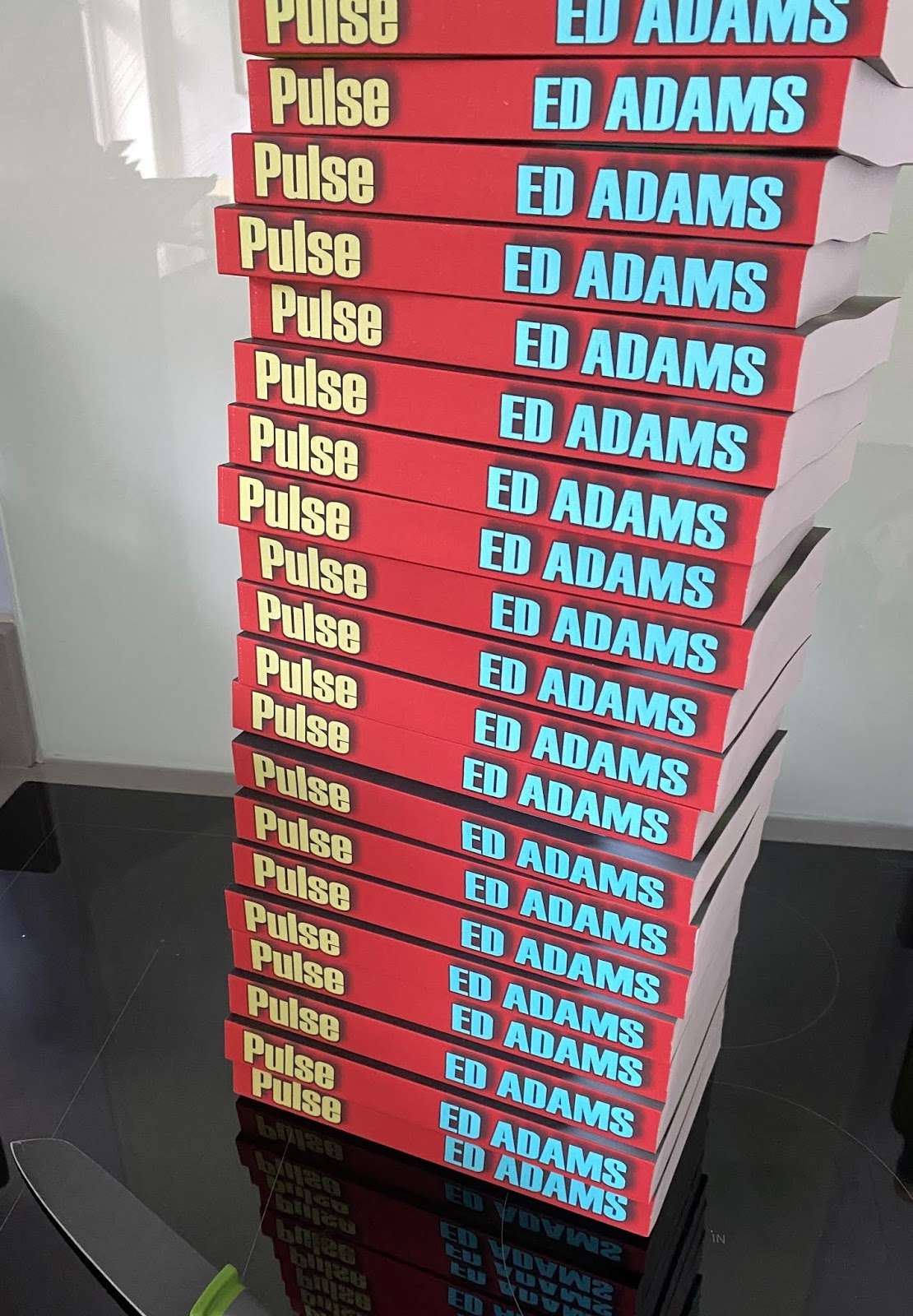
After seeing
this author's post about authoring a novel, it encouraged me to write my version.
There are several stages to getting the book to a publishable state, even before thinking about marketing and so-on. That can be for another day.
First of all, I should have an idea for the story. I tend to follow the three-act structure, with setup, challenges and resolution, but I use the 4 box storyboard, where, as each box boundary is crossed, another stake-raising event occurs.
There's another idea for a separate blog post.
Scrivener
I use Scrivener to write the story. It runs fine on the Mac and allows me to start with a template pre-configured with a story skeleton, plus binders to drop the characters and some research into.
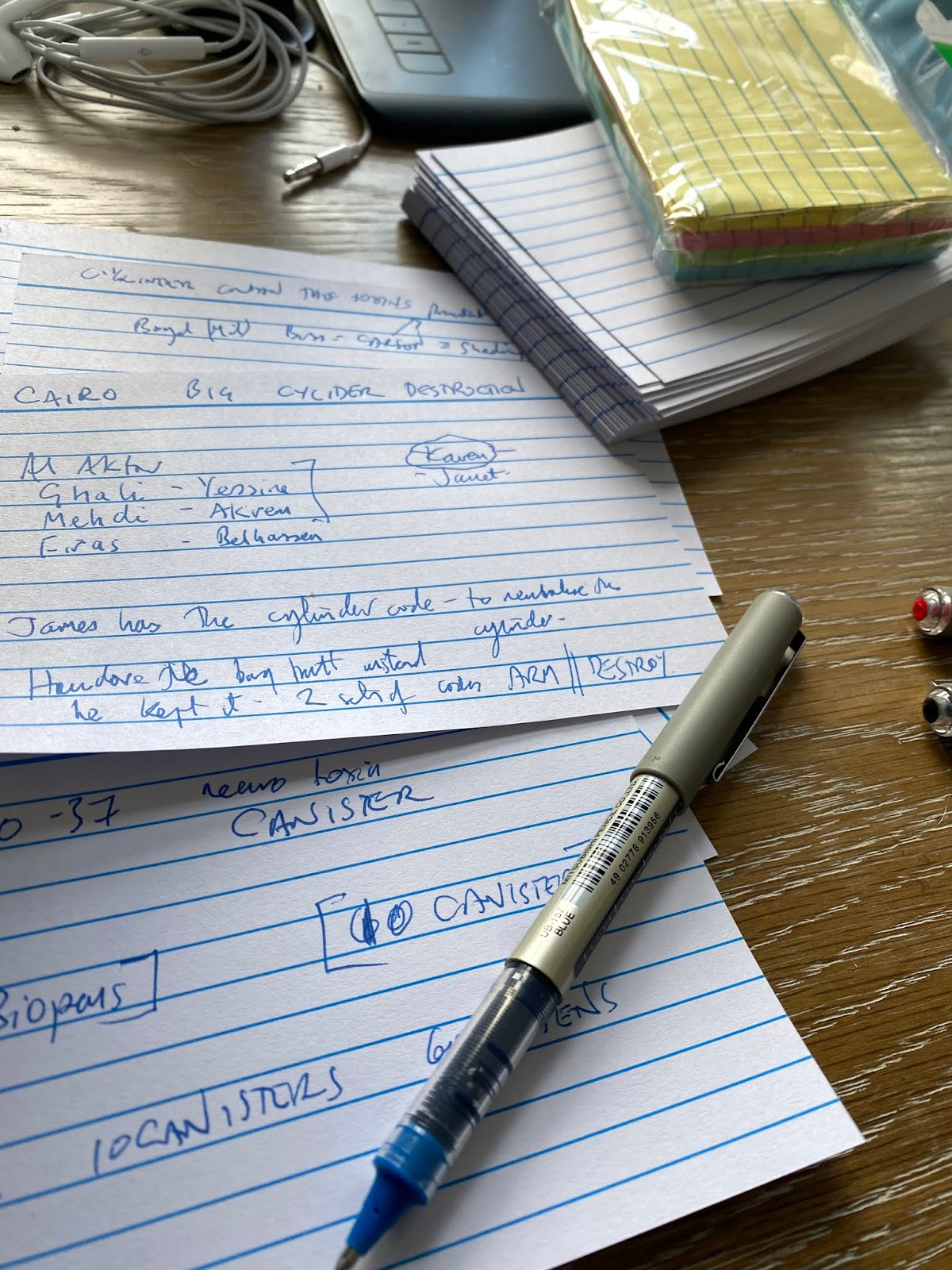
It uses a cards on corkboard metaphor, which helps with the sequencing and resequencing of the various scenes. That's not to say I won't go analogue for the first part, using those index cards available in Tescos, although I find I'm increasingly digital nowadays - thinking of how much time it will take to re-transcribe the relevant information.
Scrivener uses an outliner structure, mixed with the card scenes, and should be good for re-sequencing parts of the narrative. I do find that the drag and drop associated with the outliner is a little clunky and occasionally the scenes wind up in the wrong places unless I'm being particularly vigilant.
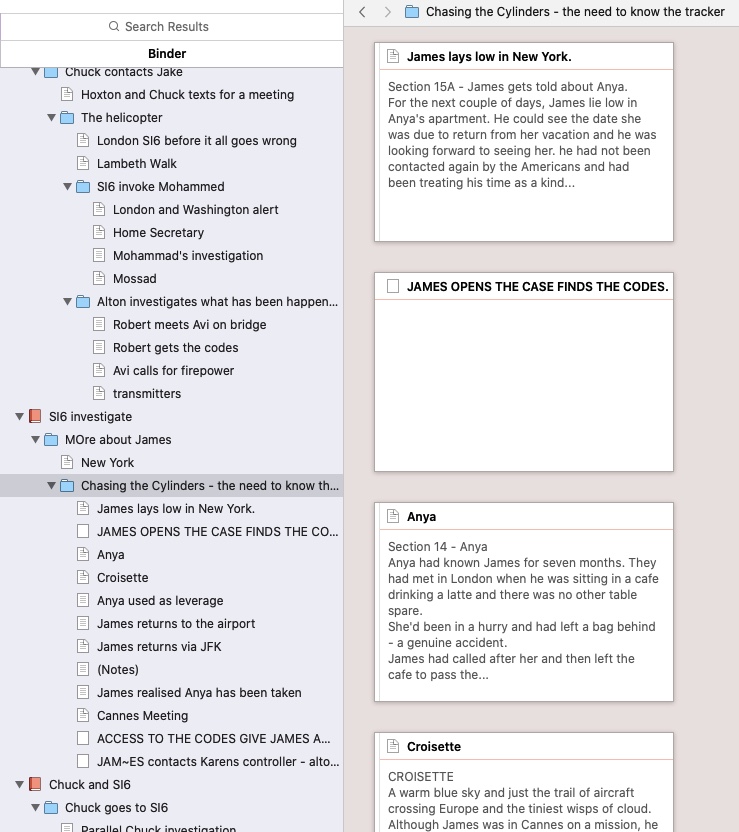
A versatility of Scrivener is that it can tip out many formats from the assembled text. Occasionally compiling the work is easy and can generate anything from double spaced courier A4 to a finalised paperback format, which is useful when reviewing.
Dragon Dictate and Mac voice recognition
Then it is all down to the writing, with as much of the screen as possible used for the typing and all the distractions switched off. Sometimes I have tried dictation, both to Dragon and using the native facilities of the Mac. Mac's facilities are not as good as Dragon's, but sadly Nuance discontinued the Dragon Dictate for Mac a couple of years ago. I could run it on Windows, under parallels, but it would need another licence which is inexplicably expensive, so I've abandoned it.
I've also found that dictation software was quite good at getting down an idea, but it would often stumble on words such as character names and create almost as much re-typing as if I simply typed it in the first place. A character called Bigsy, for example, became BC; Bigsby, VC, big sea and so-on.
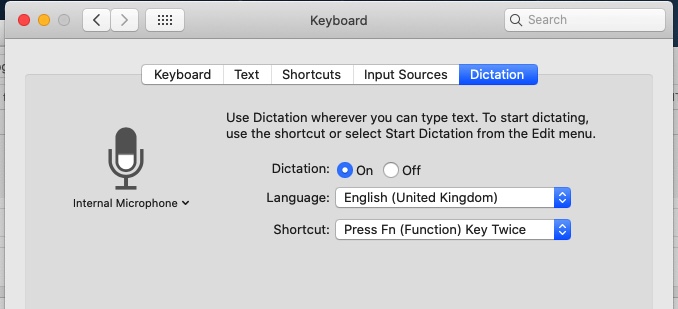
Additionally, the Mac dictation software will jump out of dictation mode unexpectedly and consequently leave large chunks untranscribed. Thre's a screenshot of how to fire up dictation mode, which is buried in the keyboard options of control panel on a Mac.
Review options. Microsoft Word
So far I haven't mentioned Microsoft Word. That's what I provide to reviewers of the document. Scrivener can output it and most people can use it, whether on a PC or a Mac. For reviewing the text, its a reasonable option.
Grammarly
I use two other tools, which also helps prevent me from going crazy when I need to review the finished (or interim) products. The first, inexpensive, option is Grammarly. On a Mac, until recently, it required the individual section to be pasted into a separate workspace. It does a pretty good job of tracking grammar and punctuation and will make a few suggestions for sentence re-work too. More recently, there's a Word option also available on Mac, where a Mac Word document can be reviewed directly. The checking is as thorough, but the user interface doesn't seem to highlight the passage being reviewed as clearly as the separate Mac App. I have mainly abandoned this form for longer reviews now.
ProwritingAid
My second review tool is ProwritingAid, which covers what Grammarly can do, but additionally has several other parses of the text and will provide a mind-blowingly good report of the writing quality. It includes vocabulary, unique words, word families, most used words, the dynamism of vocabulary, reading ease, readability by paragraph, sentence variety, passivity index, hidden verbs, adverbs, repeated sentence starts, style suggestions, grammar issues, sticky sentences, dialogue %, dialogue tags, pacing, use of transitions, cliches, redundancies, inconsistencies, vague, abstract and corporate words. Phew.
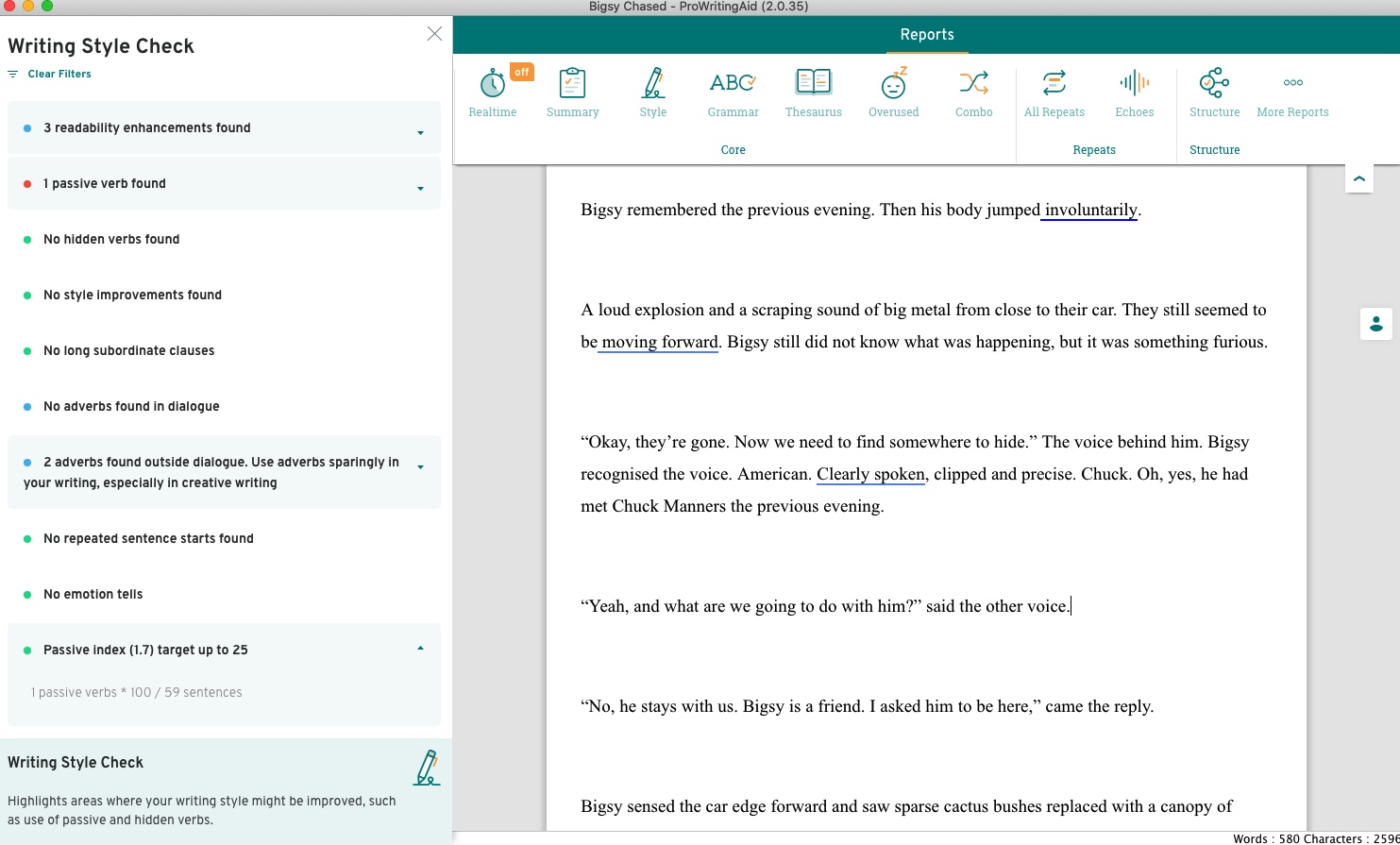
It also knows about and follows the structure of Scrivener, which is particularly useful when reviewing individual pages/chunks of a document. I like it because it provides a different perspective to look at the document also, which is useful after several run-throughs and the inevitable word-blindness which occurs.
Never Enough
I can safely say that in my case, with reviewers plus me, plus automated tools looking through the work, it is still not enough. It's amazing to me, but there's still commas, quote marks, and other mishaps that get through to the finalised product. I'm re-assured though, that even the big authors have this problem, and I see that several of my Kindle downloads of well-known novels by others are on multiple revisions as different bugs get swept away.
Cover design
There has to be a post about this too. Suffice to say, the cover is supposed to be genre-specific and use vanishing lines which lead the prospect 'into' the book. I use Photoshop for this part of the process and set the front cover dimensions to 2000 pixels at 300 dpi, which should generally be enough.
Blurb
Not forgetting the tag-line under the title and some back cover matter which describes the book.
Cover template
This needs to match the number of pages in the book, and I use the
IngramSpark template generator to define this. In my case I want the template to be in Adobe InDesign format, and then it is a case of dragging the three elements to the template (Front Cover, Back Cover and Spine). It is important to have them each set to 300 dpi for this part of the process. I also save the document as a PDF with the pdf/x format, which is what the printers need.
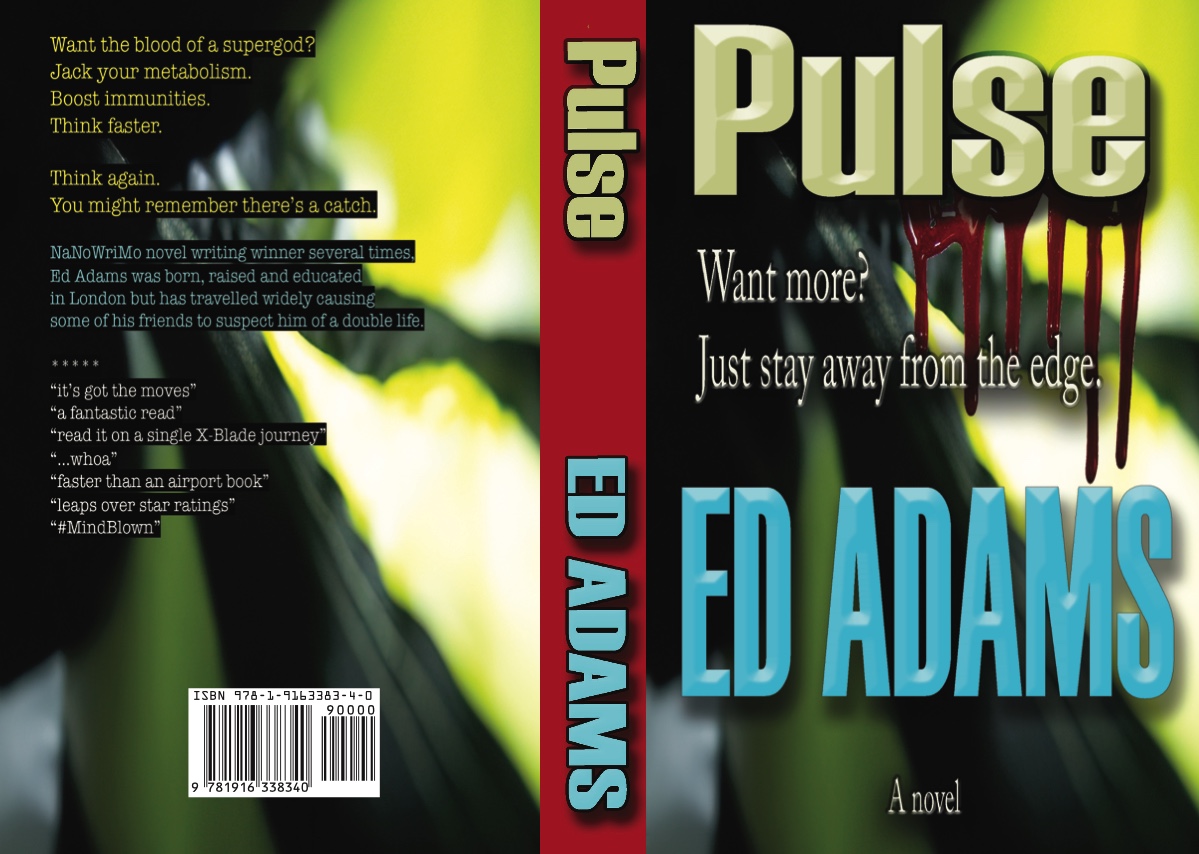 Book text
Book text
I suppose this depends on where the book is targeted, but I will usually generate a PDF/x of the text, to match the cover image. The PDF/x format sorts out the flattening and removal of colour from the text, which is important to a monochrome print. I use Adobe Acrobat for this, but I guess there are dozens of alternatives.
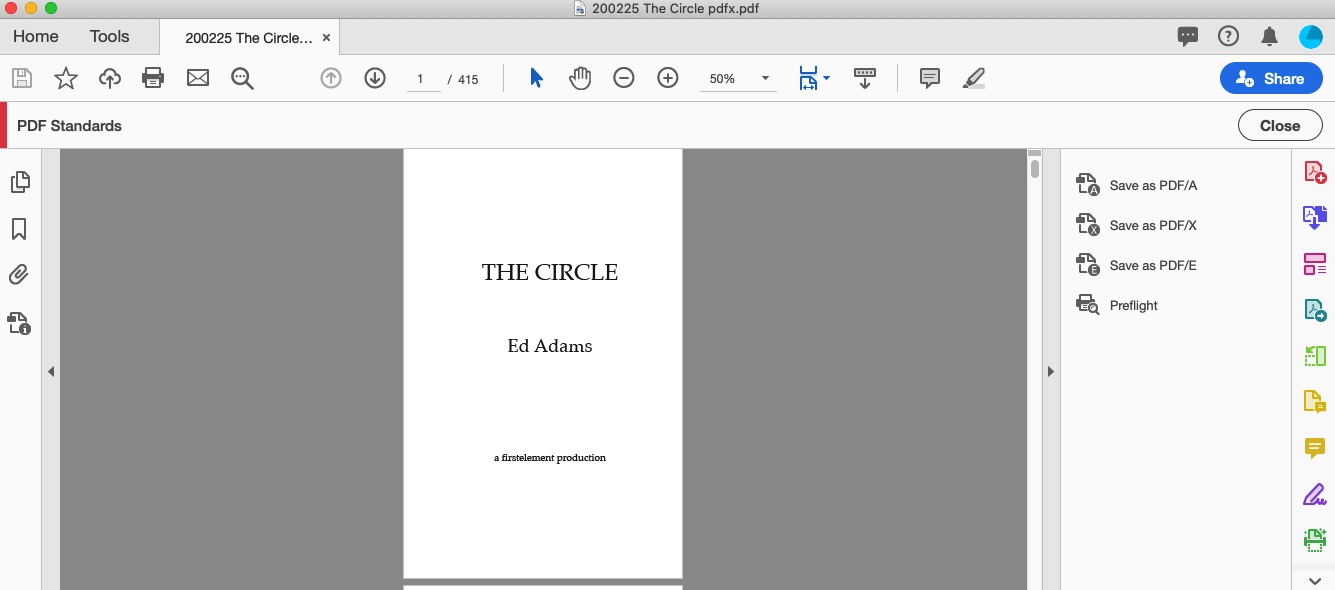 Calibre
Calibre
To make an ePub, or a mobi of the completed text, there's a variety of methods. I could use Scrivener, with its flexible front matter management for hardcopy vs e-book. Instead, I prefer to use calibre, which will give me multiple output options of a single consistent product, complete with some embedded keywords.
 Keywords and Thema
Keywords and Thema
This is a part of the great search engine puzzle. How to get a book listed anywhere near the top of the pile? I'm still tinkering with this, using Publisher Rocket to help identify search terms and genres. I've discovered that the LTV (life time value) of an author can be important too, by Amazon's algorithms. Simply put, more books and/or more series means more potential sales and a higher lifetime value.
Dashboard
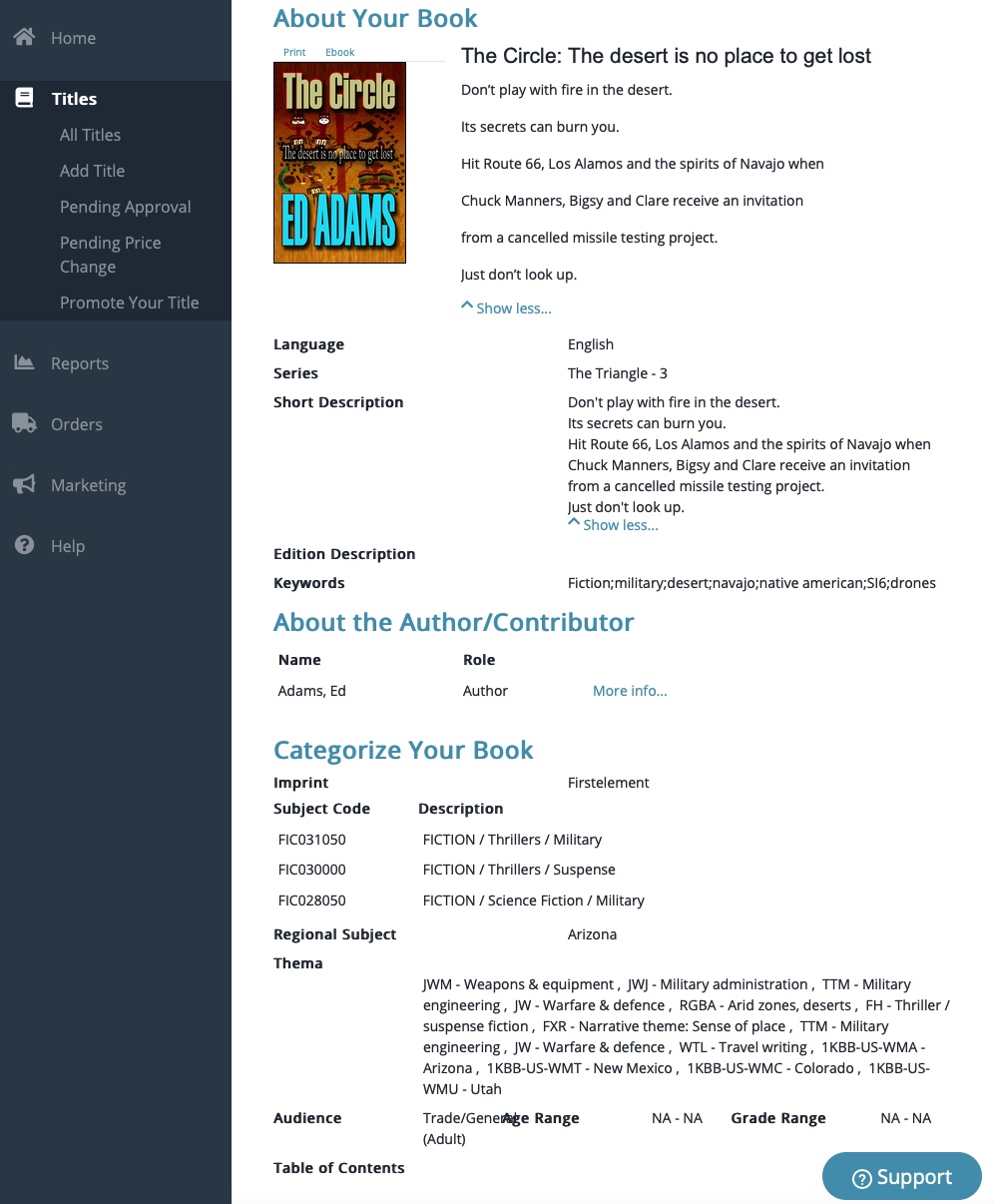
And I suppose the fun with this is currently about getting readers, so I'll be worrying soon about landing pages, mailchimp mailing lists and give-aways. But that can wait for another day
